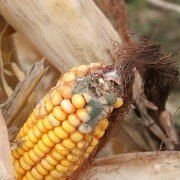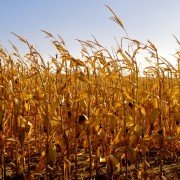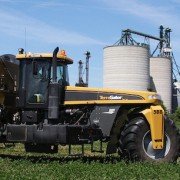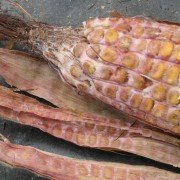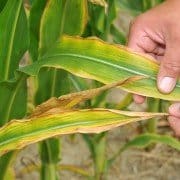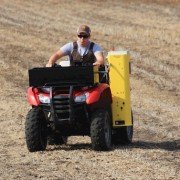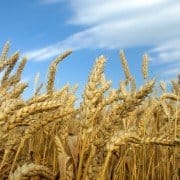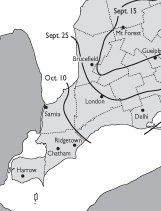Ear Rots in Corn
Ear rots can be difficult to control since weather conditions are critical to the disease development. Rots can establish any time after pollination in wounds created by insects, birds, machinery, and even hail. Rainy weather or heavy, prolonged dews often lead to ear rots in these wounded cobs.
Why are rots a concern?
The direct concern for ear rot disease is yield loss due to poor quality grain. In years when conditions favour development, large portions of fields can be affected. Once fields are infected, other management practices should be followed which can increase cost of harvesting, drying, and storing the grain.

